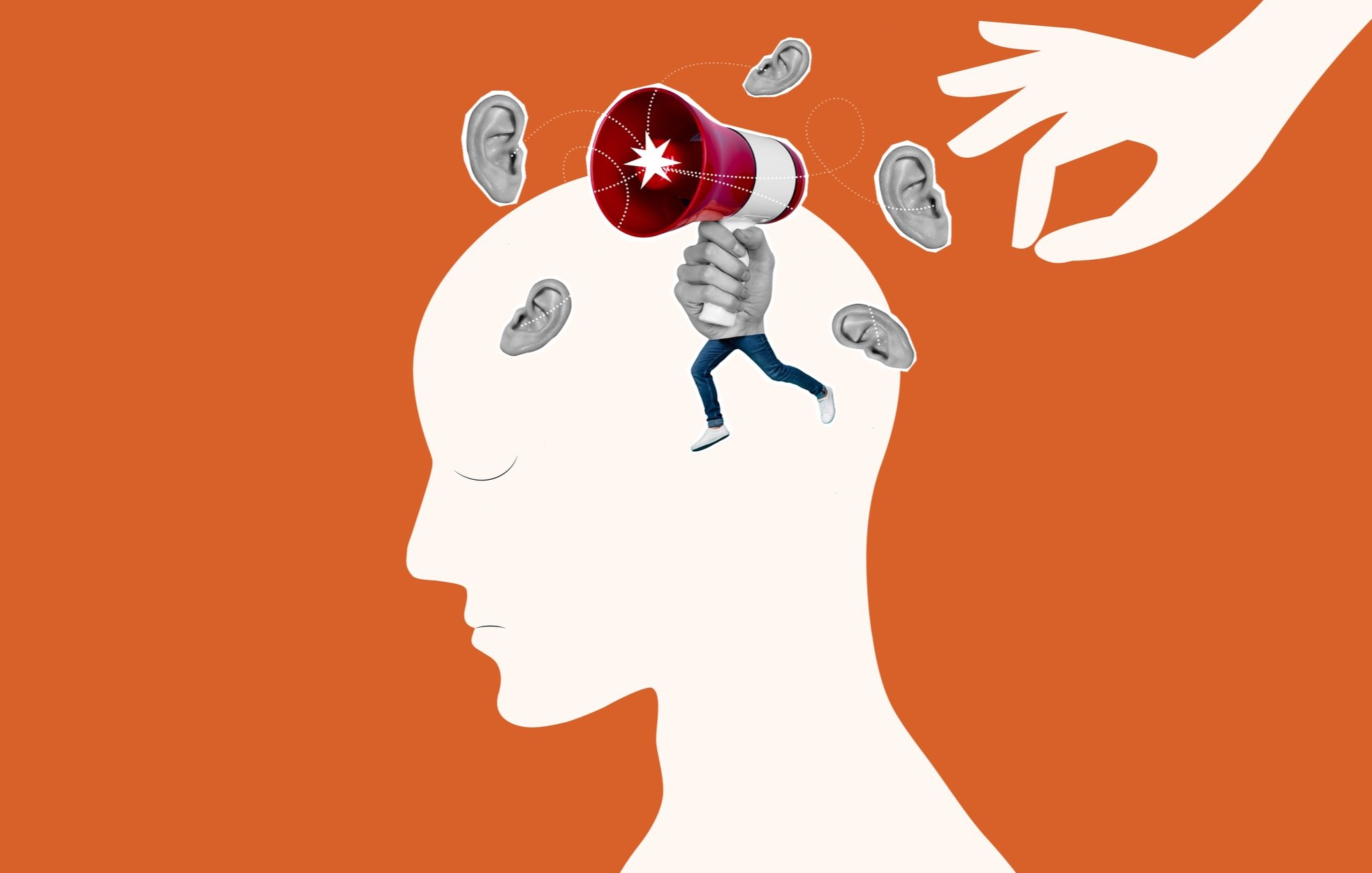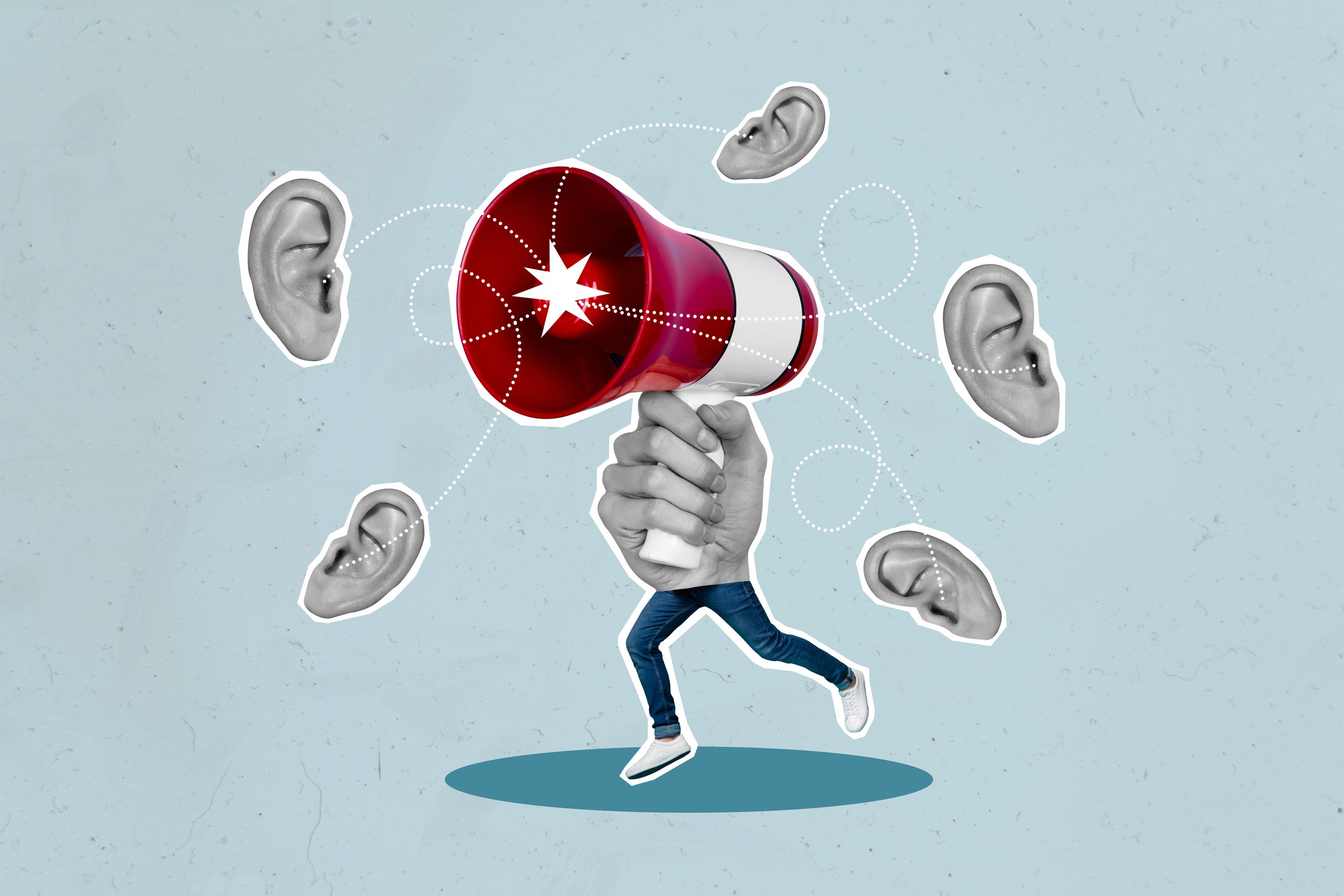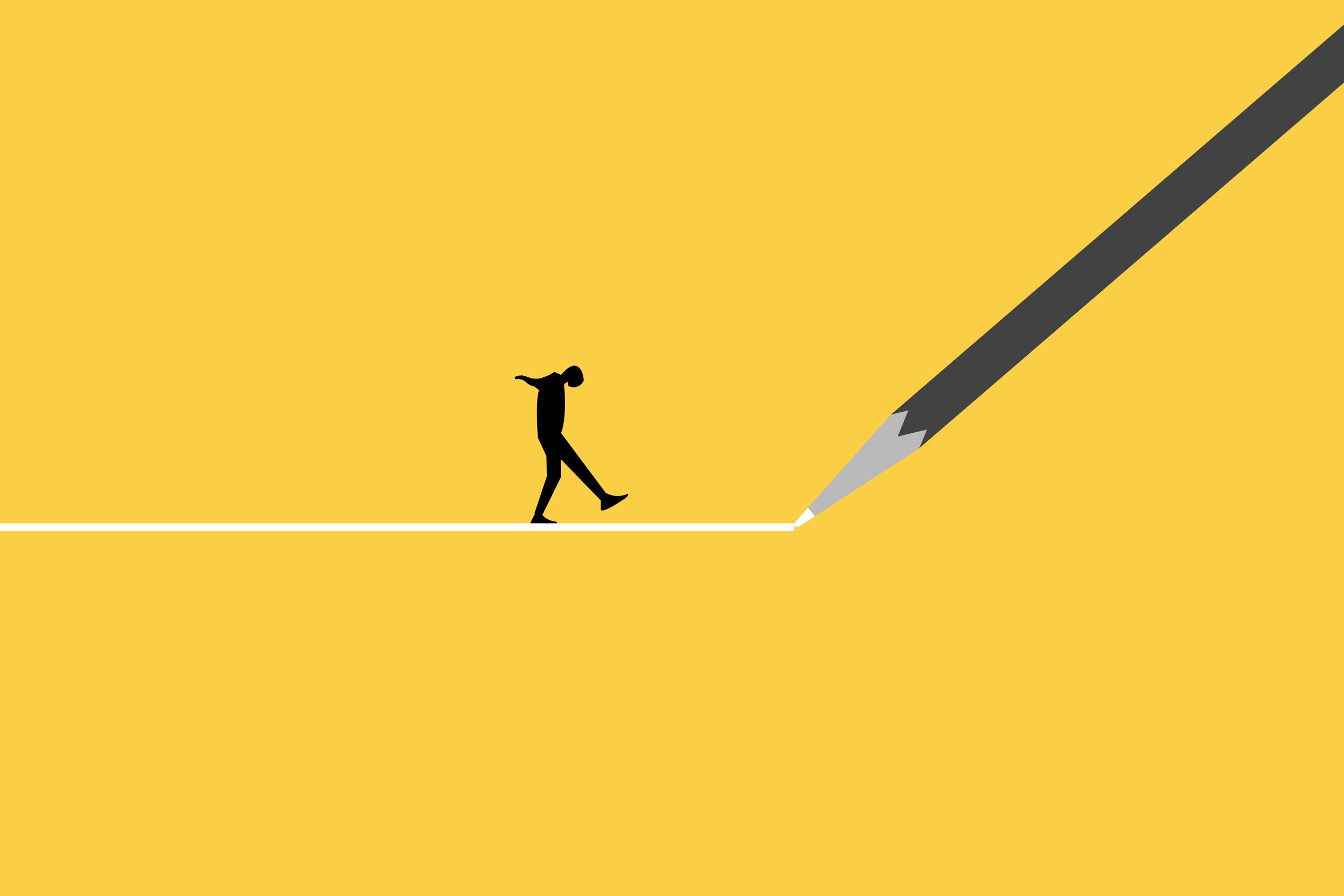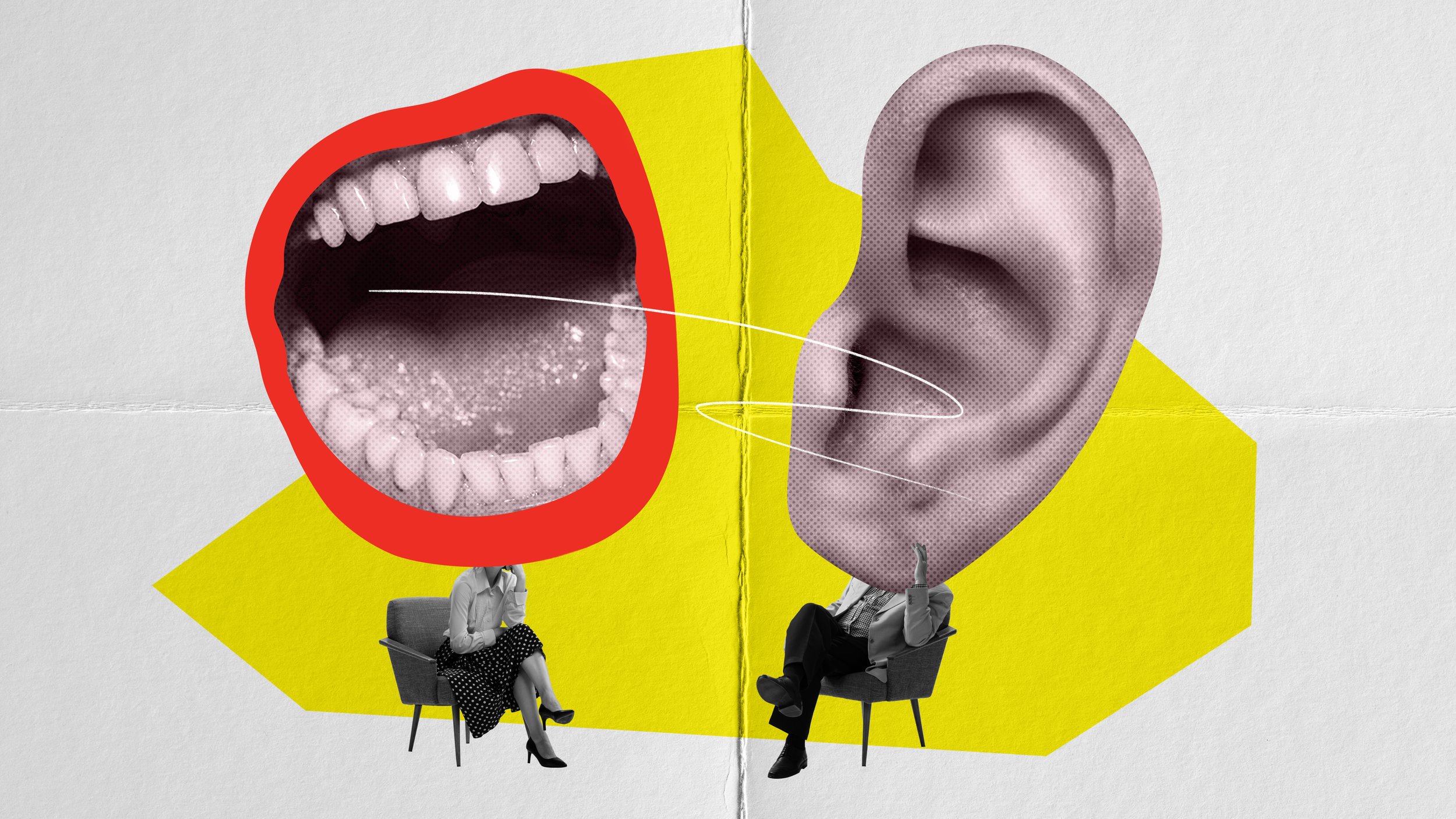
Adults Navigating Dyslexia: A Coaching Approach to Empowerment, Technology, and Community Support
Living with dyslexia can present unique challenges, but with the right mindset, tools, and a supportive community, individuals can transform those challenges into opportunities for growth and success.

Managing Your Inner Dialogue with Design Thinking and the Fundamentals of Coaching
We all have an inner dialogue — that constant stream of thoughts, judgments, and self-talk that shapes our perceptions and decisions. For many, this internal conversation can be a source of anxiety, self-doubt, and negativity. However, we can gain better control over our inner dialogue by applying the principles of design thinking, a problem-solving approach commonly used in the creative and business worlds, and working with a coach. In this article, we’ll explore how design thinking can help us manage our thoughts and how the fundamentals of coaching can enhance this process, transforming our self-talk into a powerful tool for personal growth and positive change.

Building a Positive Relationship with Anxiety: Embracing the Anxious Mind
Anxiety, often characterized by restlessness, worry, and fear, is a common and natural response to life’s challenges. While it can be overwhelming and distressing, it’s essential to recognize that anxiety is a typical human experience. Instead of viewing it as an enemy to be defeated, we can choose to build a positive relationship with anxiety. By understanding and working with our anxiety, we can harness its energy for personal growth and well-being.

This is my brief story.
Hi, I’m Jason Mills, Certified Coach and the Founder of Belong Project. I am #madebydyslexia, and this is my little story.

Design Thinking: A Pathway to Discovering Where You Belong
Feeling like you belong is a fundamental human need, but it’s not always easy to find your place in the world. Whether you’re seeking your purpose in a career, community, or personal life, design thinking can offer a powerful approach to self-discovery. In this article, we explore how design thinking can help you navigate the journey of finding where you truly belong.

Unraveling the Parallels: Design Thinking and Dyslexic Thinking
Design thinking and dyslexic thinking, though seemingly unrelated, share striking similarities. Design thinking is a creative problem-solving approach designers and professionals from various fields use to address complex challenges. On the other hand, dyslexic thinking refers to the cognitive process of individuals with Dyslexia, a learning difference that affects reading and language processing. In this article, we will explore the unexpected connections between these two distinct ways of thinking and shed light on the unique strengths both approaches bring.
